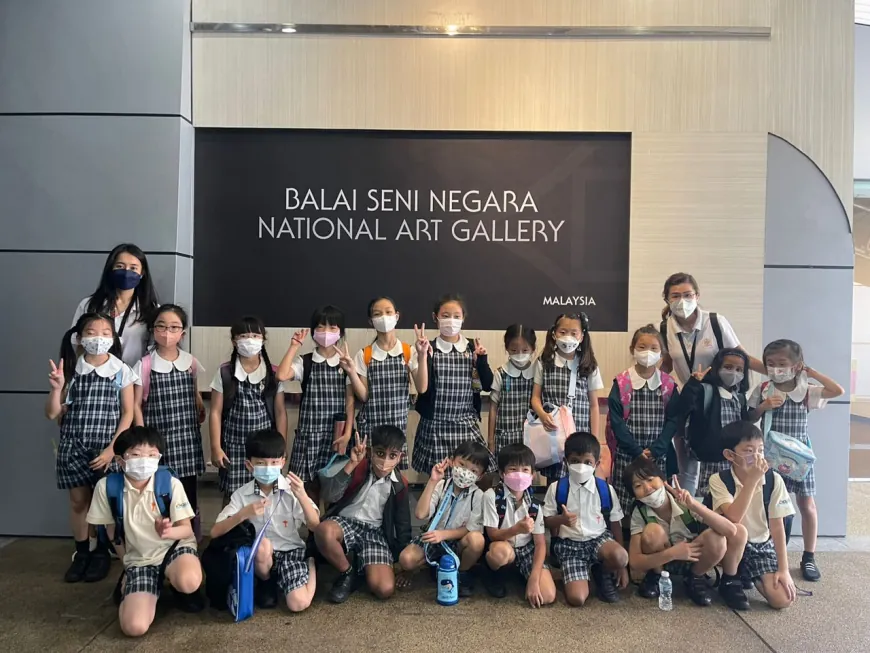Benefits of learning through real-world experiences
Real-world learning is a way of learning that incorporates hands-on, real-world activities into a course. These activities make information more relevant in students’ everyday lives, helping them learn better and retain knowledge longer. Here are a few benefits of learning through real-world experiences:
A better understanding of concepts
When students learn through real-world applications, their natural curiosity is engaged. This motivates them to learn more about the subject matter because it is relevant to their lives. In addition, they are also able to retain information easily because they are able to connect concepts to real-world uses and applications.
Opportunity for self-reflection
Students who learn concepts through practical application are able to better comprehend the material. They are able to see how the idea could be used in different situations and how it could impact them as a person. This also allows them to understand why the information is essential and how it relates to other areas of their life.
Develops creative problem-solving skills
Students who participate in hands-on learning activities that involve real-world problems develop a more critical and creative mindset as it allows for more experimentation and exploration on the part of the student.
As students step off-campus to explore problems in real-world situations, they learn to empathize, look at things from new perspectives and discover potential solutions which wouldn’t be possible through academic exploration.
Opportunity to learn through mistakes
Real-world projects allow students to experience failure in a safe environment by designing problems that challenge them to reach beyond their grasp, encouraging them to stretch their knowledge and try new strategies.
Students who have been placed in situations where they have the freedom to fail as part of their school experience are more likely to try new things and develop the agility that our fast-paced world requires.
Boost in social learning and collaboration
When students step outside of the classroom for projects, they get an opportunity to collaborate with each other, address each other’s needs and build relationships as they learn to work together on shared goals. As a result, they learn to resolve their conflicts and make better strategies for the future.







